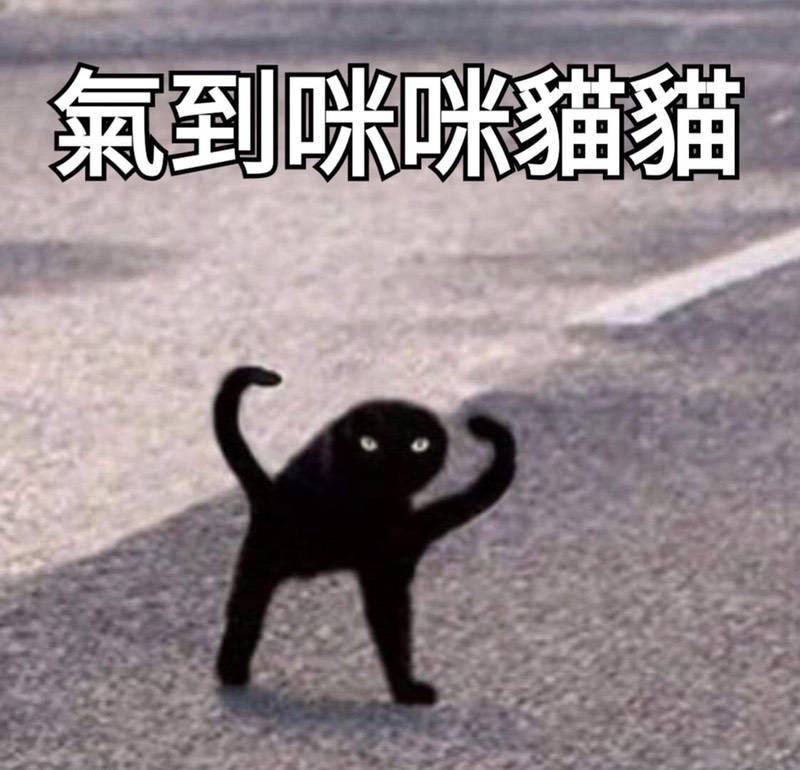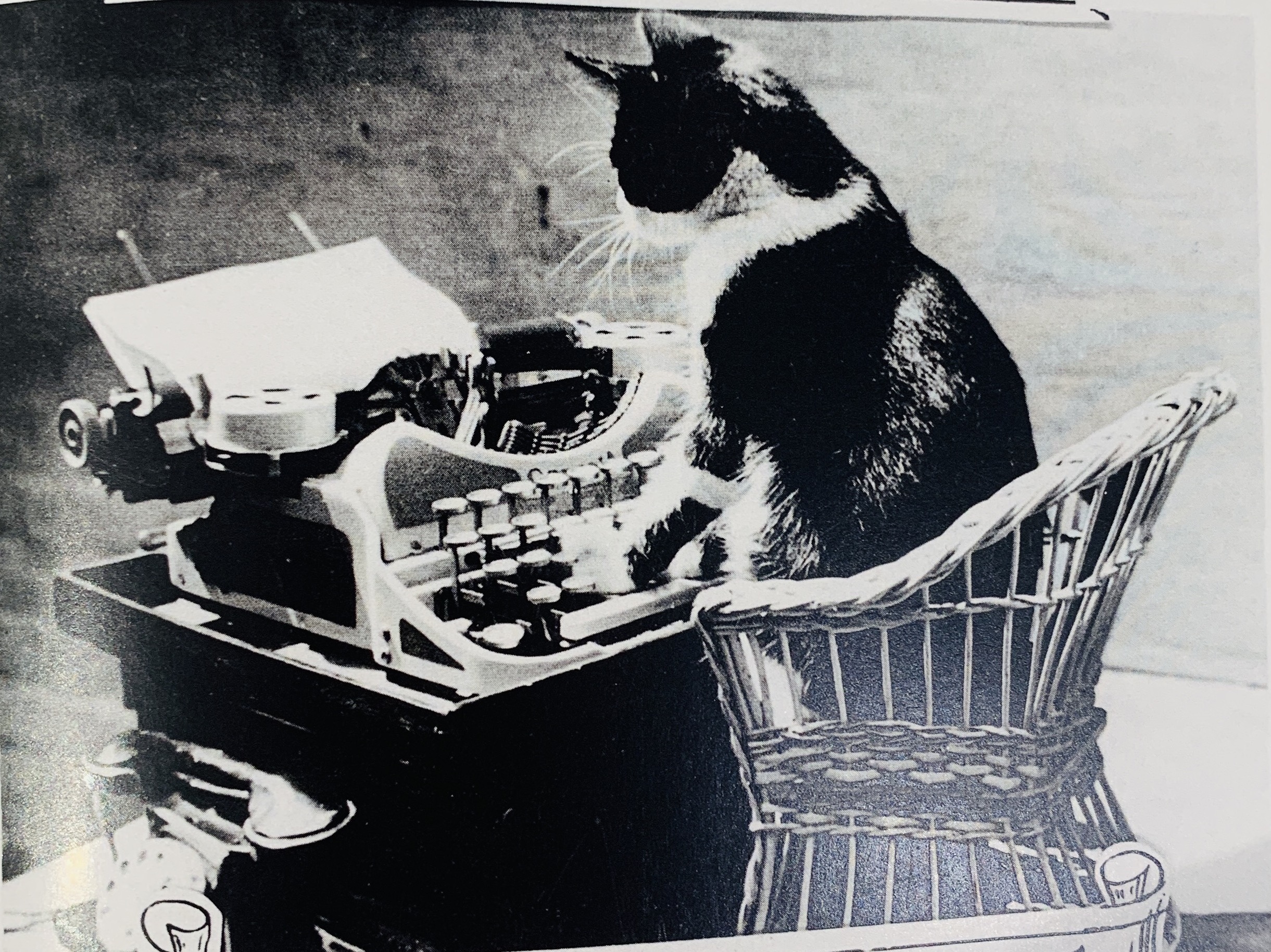Trans|張新
A dancer enters a dark space from the back and cuts through the crowd sitting on the ground. The dancer seems to carry something heavy on her back, and the crowd makes way for the dancer to come slowly forward. Soon, a dazzling whirlwind of body gestures. The crowd begins to merge with the dance; we are no longer gazing at a proscenium stage from our individual positions but transformed into a dancing, contagious human flow. As the dancer glides through the spectators and brings chaos along her way, we are lost in the middle of a storm, bumping accidentally into each other, relocating, not knowing where to look or where to go. As if falling in love, we become nervous, sweaty, vertiginous, and uncertain, fretting and enjoying this contradictory tension as our presupposed body positions lose any sense of relevance.
Continue reading...
